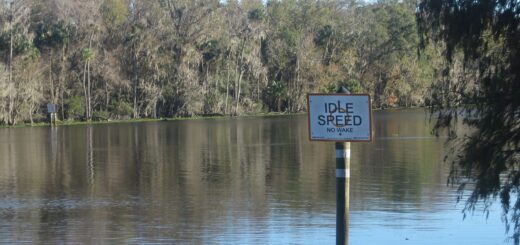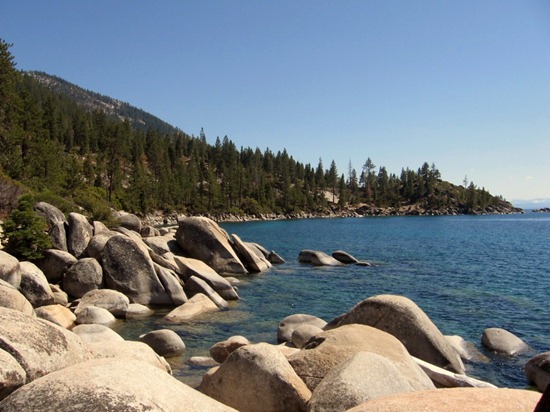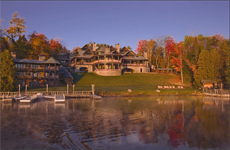Fallen Leaf Lake Submerged Trees
0In 2011, scientists at the University of Nevada, Reno, finished a study trying to figure out the origins of submerged trees in Fallen Leaf Lake. They found that the water body, just a short mile south of famous Lake Tahoe, was likely subjected to a megadrought that took place during the medieval period.
The find was made thanks to sidescan sonar and radiocarbon analysis of the sunken trees’ roots, which revealed their age at about 1250 AD. In addition, water-balance calculations suggested that annual precipitation for the area was less than 60 percent normal around that time, further supporting the idea of a megadrought.

Fallen Leaf Lake, right, sits near Lake Tahoe. (Credit: Flickr User Ken Lund via Creative Commons 2.0)
But some of the folks living near the lake don’t buy the determination, according to a post in California Diver. And they’ve gotten some help in further dissecting the origins of the 100-foot-tall trees through the Undersea Voyager Project.
The project is a nonprofit effort mostly focused at oceanography exploration and discovery. In Fallen Leaf Lake, divers with the project used a manned submersible to explore the maximum depths of the water body, around 400 feet.

Fallen Leaf Lake. (Credit: Public Domain)
Results of the dives raised a number of questions that don’t appear to go along with findings made by the U. of Nevada researchers. These are related to the origins of the Tahoe Basin, which formed through seismic disturbances instead of glaciation.
Divers say that the ages of the submerged trees aren’t all the same — How then could they all have been left there by a megadrought? On the edges of the lake, careful inspection also shows what appears to be tracks that could’ve been left by trees sliding into the water body. And the trees themselves don’t look to have roots that extend into the lake bottom. They simply sit there, weighed down by rocks and dirt.
Because of those observations, investigators involved with the dive believe that the origins of the trees may require a different explanation, positing instead that an earthquake may have felled the trees. From there, they may have slid into the lake on their own.
What do you think? Which investigation seems to have the most likely explanation for the fallen trees? Please consider leaving a comment to share your thoughts!












